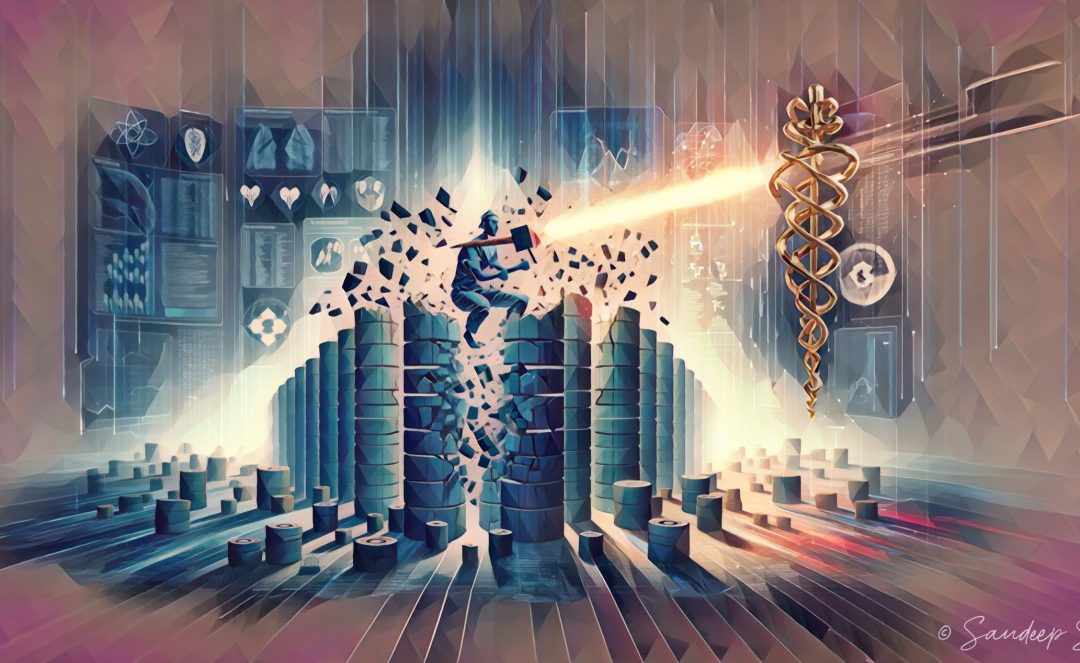TL;DR
As we approach the Super Bowl, I recall Apple’s iconic 1984 ad and draw parallels with today’s healthcare communication challenges. The healthcare system often mimics an Orwellian “1984” state, with large healthcare entities inadvertently expecting smaller healthcare agencies to get on with their program to be able to participate & communicate. It’s not deliberate but manifests as a “Let them eat cake if they can’t afford bread” attitude. The point of leading with this is not accepting the status quo. We believe we have a similar answer that shatters the current restrictive walls of silos. It empowers healthcare providers with affordable, efficient communication and collaboration, liberating them from the constraints of expensive, bulky systems. Our Buzz platform enables and connects every facet of the healthcare ecosystem, ensuring high-quality, secure, and compliant communication accessible to all, paving the way for a more connected, efficient, and cost-effective healthcare industry.
Remembering Super Bowl XVIII
It’s almost Super Bowl time again – less than two weeks out. Everyone’s talking about who will win, the halftime show, the other sideshow during the game (think Taylor Swift), and the commercials.
Ah, the commercials. I remember a commercial that didn’t just sell a product; it changed the game – literally – Apple’s iconic 1984 Super Bowl ad!
Remember? If you don’t, let me remind you: it was a typical Super Bowl Sunday 40 years ago when Apple decided to take on Goliath. Their David? The Macintosh computer. It was aired only once in the mainstream market. To refresh your memory, you can always Google it on YouTube, but here is a handy version I find more illuminating – Steve Jobs’ unveiling of Macintosh at the Boston Computer Societyª on January 30, 1984.

The commercial was more than an ad; it was a rebellion.
A woman, in bright contrast to the gray, lifeless crowd, hurls a sledgehammer at a giant screen broadcasting Big Brother’s propaganda. The ad wasn’t just about selling computers. It was a statement against conformity, against the ‘big brother’ of the tech world.
Fast forward to today’s “1984”
Let’s set aside the upcoming Super Bowl, albeit very hard to do this week. I remembered Apple’s legendary ad from 40 years ago because it was a sledgehammer against the status quo.
Regardless of your preference for its interpretation, the most memorable aspect was that it aired in 1984, referencing George Orwell’s dystopian world.
In one interpretation of the commercial, “1984” used the unnamed heroine to represent the coming of the Macintosh as a means of saving humanity from “conformity” (Big Brother).
Over the years, it has manifested as a reality in some industries and today, especially in healthcare. The system feels antiquated, bogged down by a lack of communication, almost an unintended shutdown of any ‘freedom of expression.’ It seems like the big platforms have shackled the healthcare professionals in their setup, small clinics or large hospitals, their data locked in walled gardens. And the ability to freely communicate with others is severely curtailed by what ‘ecosystem’ they are chained to.
// The system feels antiquated, bogged down by a lack of
// communication, almost an unintended shutdown of any
// 'freedom of expression.'
Specifically, the connectivity, or the stark lack of it, is the issue between hospitals and allied healthcare services like therapy centers, post-op rehabs, nursing centers, long-term care, and home health agencies.
Picture this: Hospitals, the Goliaths of healthcare, often say to these smaller entities, “Get licenses to the software we use, then you can talk to us.” And, of course, with the increasing pressure on the survival of these entities, they can’t afford the expensive installations and disruptive implementations of large EHR platforms, not to mention the per-seat costs.
“Let Them Eat Cake”
You may remember the famous ‘Let them eat cake’ comment attributed to the ‘great queen’ Marie Antoinette. Just like the queen’s frivolous disregard (or utter cluelessness) ignored the plight of the peasants who couldn’t afford bread, the current healthcare system mocks the entire spectrum of healthcare delivery participants.
The smaller healthcare entities are struggling to find bread, grappling with compliance headaches, staff retention issues, hospital readmissions, reductions in reimbursements, the quest for better Medicare star ratings, referrals, and an avalanche of paperwork.
They can’t afford the ‘cake’ – the expensive installations, disruptive implementations of large patient record platforms, not to mention the per-seat costs. It’s like asking these stakeholders who can barely afford necessities to invest in luxury goods.
Enter Skyscape’s Buzz!
We’ve envisioned our version of Apple’s sledgehammer, Buzz.
Buzz isn’t just a communication tool. It’s a symbol of rebellion against healthcare’s “1984″. It’s our way of breaking down the silos that have held back healthcare professionals for too long. Over the years, the seamless and patient-centric approaches have failed owing to the out-of-control proliferation of disparate software systems and the unfortunate ‘strategy’ of locking proprietary data, intentional or otherwise.

Buzz enables the healthcare providers to free themselves from the juggernauts. We’re not just offering a platform; we’re offering liberation. Liberation from inefficient systems, from data silos that hoard healthcare data, from walls that impede healthcare providers’ ability to provide quality care.
David’s ingenuity against Goliath inspires us. It’s not just about having a bigger, better weapon. It’s about being leaner, quicker, adaptive, and more inclusive. In our interpretation, we represent liberation of providers from the “deformity” of a rigid, monolithic system (Big Bother), and rescuing healthcare from the confines of inefficiency and burden.
That’s what Buzz is all about. It’s not just a tool; it’s a movement (sorry, I couldn’t resist!) A movement towards a more open, collaborative, and efficient healthcare system while remaining secure at its core.
So, as we gear up for another Super Bowl, remember that sometimes, the most significant victories aren’t scored on the football field. They’re in the small, daily battles we fight to make industries like healthcare better, more efficient, and more human.
Before you ask me, here is why it matters.
Why Connectivity
The biggest issue identified by healthcare systems is the connectivity, or the stark lack of it, between hospitals and allied healthcare services like therapy centers, post-op rehabs, nursing centers, long-term care, home health agencies, and patients/families.
Proof that matters: You are a team of home health and hospice care with 200 staff members, providers, coordinators, schedulers, administrators, and more. With a census of about 2000 patients per year, you have a Medicare star rating of 2.5 and an approximate 18% hospital readmission rate. A simple dimension of increasing your Medicare rating & HCAHPS scores means a lot for your organization. With the deployment of Buzz, the team achieved multiple dimensions of improvements in the overall business outcomes. (For more details, download the case study here).

Your Affordable Pathway Through the Communication Maze
With Buzz, we’re not just offering another tool; we’re providing a lifeline. At a monthly cost less than your average Starbucks coffee, Buzz eliminates the communication highway potholes. We go further – completing the ‘highway’ to reach the last mile, connecting every facet of the healthcare ecosystem.
Buzz isn’t just about efficient messaging. It’s about bridging gaps in a fragmented healthcare system. It’s a solution for those told to ‘eat cake’ while struggling to afford bread. It’s about making high-quality, secure, and compliant communication accessible to everyone in the healthcare chain without the burden of excessive costs or complex installations.
A New Era of Healthcare Communication
So, as we anticipate the Super Bowl’s spectacle, let’s also look forward to a future where every player in healthcare, big or small, is connected, where communication isn’t a luxury but a standard, where tools like Buzz aren’t just add-ons, but essential elements that empower every healthcare provider to deliver their best.
That’s the world Skyscape envisions with Buzz. We’re not just part of the game. We’re here to change it, ensuring everyone, from the largest hospital to an individual provider clinic, has a voice and a connection in the vast healthcare network.
Here’s to making 2024 the year we all get on the same page – affordably, efficiently, and effectively. So as you await the outcome of the Super Bowl and perhaps an appearance from the beloved Clydesdales…why don’t you find out why This Buzz is for You!
_________
ª It seems that Boston Computer Society (BCS) turned out to be a popular launching pad and hub for the original Macintosh unveiled by Steve Jobs, marking a historic moment in computing history. I had the privilege of attending a similarly monumental event organized by the BCS in 1993 – the launch of Apple’s Newton. This experience and excitement of witnessing the cutting-edge technology was the pivotal moment that led to the founding of Skyscape. The full story behind the inspiration is a tale for another day.
Explore our LinkedIn Newsletter

